

Articles
How To Store Picked Strawberries
Modified: August 28, 2024
Learn the best techniques for storing freshly picked strawberries in this informative article. Keep your berries fresh and delicious for longer with these helpful tips.
(Many of the links in this article redirect to a specific reviewed product. Your purchase of these products through affiliate links helps to generate commission for Storables.com, at no extra cost. Learn more)
Introduction
Strawberries are a delicious and nutritious fruit that are enjoyed by many people around the world. Whether you’ve just picked fresh strawberries from your garden or bought a bundle from the local farmer’s market, it’s important to store them properly to maintain their freshness and flavor. In this article, we will explore different methods and containers for storing picked strawberries to ensure they stay fresh and tasty for as long as possible.
Proper storage of strawberries is crucial because they are highly perishable and can quickly lose their texture and taste if not handled correctly. The key factors to consider when storing strawberries are temperature, moisture, and airflow.
When it comes to storing strawberries, choosing the right container is essential. The container should be clean, dry, and able to provide enough space for the strawberries to breathe. Let’s take a closer look at some of the best containers for storing picked strawberries.
Key Takeaways:
- Properly storing picked strawberries is crucial for maintaining their freshness and flavor. Whether in the refrigerator, freezer, mason jars, or pantry, each method offers unique benefits to suit your needs and preferences.
- Choosing the right container, preparing the strawberries, and selecting the ideal storage method are key to enjoying delicious picked strawberries for an extended period. Whether it’s for short-term or long-term storage, there’s a method to suit every preference and need.
Read more: How To Store Strawberries After Picking
Choosing the Right Container
When it comes to storing picked strawberries, choosing the right container is crucial. The container you use should protect the strawberries from moisture, airflow, and prevent them from getting crushed. Here are some options to consider:
- Plastic or Glass Containers: Plastic or glass containers with airtight lids are a popular choice for storing strawberries. They provide a good seal to keep moisture out and maintain freshness. Look for containers that have vents or small holes to allow for proper airflow.
- Perforated Plastic Bags: Perforated plastic bags are designed specifically for storing fruits and vegetables. These bags have small holes that allow for airflow while keeping the produce protected. They are convenient and can be easily found at most grocery stores.
- Paper Bags: If you prefer a more eco-friendly option, paper bags can be used to store strawberries. However, keep in mind that paper bags may not provide as much protection from moisture compared to plastic or glass containers. It’s best to use them if you plan to consume the strawberries within a day or two.
- Breathable Baskets: Breathable baskets made of materials like bamboo or mesh can be a great choice for storing strawberries. These baskets allow for proper airflow and prevent moisture buildup, ensuring the strawberries stay fresh for longer.
When choosing a container, ensure that it is clean and dry before placing the strawberries inside. Avoid using containers that have strong odors, as strawberries can easily absorb other smells. Additionally, make sure the container provides enough space for the strawberries to breathe without getting overcrowded.
Now that you know how to choose the right container, let’s move on to preparing the strawberries for storage.
Preparing the Strawberries
Before storing picked strawberries, it’s important to properly prepare them to prolong their freshness. Here are some steps to follow when preparing your strawberries for storage:
- Inspect the Strawberries: Take a close look at each strawberry and discard any that are bruised, moldy, or overly ripe. It’s important to remove any damaged strawberries to prevent them from spoiling the rest of the batch.
- Gently Rinse: Give the strawberries a gentle rinse under cool running water to remove any dirt or debris. Avoid soaking them, as strawberries are porous and can absorb excess moisture, which can lead to spoilage.
- Pat Dry: After rinsing, gently pat the strawberries dry with a clean kitchen towel or paper towel. Excess moisture can cause the strawberries to become mushy or develop mold, so it’s important to remove as much moisture as possible.
- Remove the Tops: Using a sharp knife or your fingers, carefully remove the green stems or tops of the strawberries. This step is optional, but it can help the strawberries stay fresh for longer and make them easier to eat or use in recipes.
- Do Not Cut: It’s best to avoid cutting the strawberries into small pieces before storing them. Cutting strawberries can accelerate spoilage and cause them to lose their freshness and texture.
By following these simple steps, you can ensure that your strawberries are clean, dry, and ready for storage. Now let’s explore different methods of storing picked strawberries to keep them fresh and delicious.
Storing in the Refrigerator
The refrigerator is a common and effective place to store picked strawberries, especially if you plan to consume them within a few days. Here are the steps to properly store strawberries in the refrigerator:
- Choose a Container: Select a clean and airtight container, such as a plastic or glass container, to store the strawberries in the refrigerator. Make sure the container is large enough to hold the strawberries without overcrowding them.
- Line with Paper Towels: Before placing the strawberries in the container, line it with paper towels. The paper towels will help absorb any excess moisture and prevent it from accumulating around the strawberries.
- Arrange the Strawberries: Carefully place the strawberries in a single layer in the container, making sure they are not overlapping. This will prevent them from getting crushed or damaged.
- Cover and Store: Once the strawberries are arranged in the container, cover it with an airtight lid or plastic wrap. This will help maintain the strawberries’ freshness and prevent them from absorbing any odors from other foods in the fridge.
- Place in the Fridge: Finally, place the container of strawberries in the refrigerator. The ideal temperature for storing strawberries is between 32 and 36 degrees Fahrenheit (0 and 2 degrees Celsius). Avoid placing the strawberries near the back of the fridge where the temperature may be colder.
Stored properly in the refrigerator, strawberries can stay fresh for up to 5-7 days. However, it’s best to consume them as soon as possible for the best taste and texture. Remember to check the strawberries for any signs of spoilage before consuming.
If you have more strawberries than you can consume within a few days, freezing them is a great option to extend their shelf life. Let’s explore how to freeze strawberries in the next section.
Freezing Strawberries
Freezing strawberries is an excellent way to preserve their freshness and enjoy them later in smoothies, desserts, or as a topping for yogurt or oatmeal. Here’s how you can freeze picked strawberries:
- Prepare the Strawberries: Wash the strawberries gently under cold water and pat them dry. Remove the green tops or stems, and cut the strawberries into slices or leave them whole, depending on your preference.
- Flash Freezing: Arrange the prepared strawberries in a single layer on a baking sheet lined with parchment paper. Make sure the strawberries are not touching each other. Place the baking sheet in the freezer and let the strawberries freeze for about 2 to 3 hours. This process, known as flash freezing, prevents the strawberries from sticking together and allows for easier portioning later.
- Transfer to Freezer Bags or Containers: Once the strawberries are flash frozen, transfer them to freezer-safe bags or containers. Squeeze out as much air as possible from the bags or use a vacuum sealer to remove excess air. Label and date the bags or containers to keep track of the freezing time.
- Store in the Freezer: Place the freezer bags or containers in the freezer, ensuring they are stored upright to prevent any liquids from leaking. Ideally, store the strawberries in the coldest part of the freezer, maintaining a temperature of 0 degrees Fahrenheit (-18 degrees Celsius) or lower.
Frozen strawberries can be stored in the freezer for up to 8-12 months. However, for the best taste and texture, it’s recommended to consume them within 6 months. Keep in mind that frozen strawberries may become slightly softer after thawing due to the water content.
Now that you know how to freeze strawberries, it’s important to also learn the proper way to thaw them to maintain their quality. Let’s explore the process of thawing frozen strawberries in the next section.
After picking strawberries, store them unwashed in a single layer on a paper towel-lined tray in the refrigerator. This will help prevent them from getting mushy or moldy.
Read more: How To Store Freshly Picked Strawberries
Properly Thawing Frozen Strawberries
When it comes to thawing frozen strawberries, it’s important to do it properly to preserve their flavor and texture. Here are a few methods for thawing frozen strawberries:
- Refrigerator Method: This is the most recommended method for thawing frozen strawberries. Simply transfer the frozen strawberries from the freezer to a container and place it in the refrigerator. Allow the strawberries to thaw slowly overnight or for about 6-8 hours. Thawed strawberries can be stored in the refrigerator for up to 2 days.
- Room Temperature Method: If you need to thaw the strawberries quickly, you can place them in a sealed bag and submerge it in cold water. Change the water every 30 minutes to ensure it stays cold. However, it’s important to note that this method may result in slightly softer strawberries.
- Microwave Method: If you’re short on time, you can use the microwave to thaw frozen strawberries. Place the strawberries in a microwave-safe dish and use the defrost setting or low power mode. Check the strawberries regularly and rotate them to ensure even thawing. Be cautious as microwaving for too long can cause the strawberries to become mushy.
Regardless of the method you choose, it’s essential to handle the thawed strawberries with care as they can be delicate and prone to becoming mushy. Once the strawberries are thawed, it’s best to consume them immediately or use them in recipes that call for thawed strawberries.
Now that you know how to properly thaw frozen strawberries, let’s explore other storage options, such as storing them in mason jars or vacuum-sealed bags.
Storing Strawberries in Mason Jars
Mason jars are a popular and versatile option for storing various foods, including strawberries. Here’s how you can store picked strawberries in mason jars:
- Wash and Prepare the Strawberries: Start by washing the strawberries gently under cool water and patting them dry. Remove the green tops or stems, and cut the strawberries into slices or leave them whole, depending on your preference.
- Sterilize the Mason Jars: Before using the mason jars, make sure they are clean and sterile. Wash them in hot, soapy water, rinse thoroughly, and then place them in boiling water for a few minutes or run them through a dishwasher cycle.
- Layer the Strawberries: Once the mason jars are sterilized and dried, begin layering the strawberries inside. Fill the jars with a layer of strawberries, leaving a bit of space at the top for expansion. You can add a sprinkle of sugar between the layers if desired.
- Add Syrup or Juice: To help preserve the strawberries and enhance their flavor, you can add a little syrup or juice. This can be a simple syrup made with equal parts sugar and water, or you can use lemon juice or fruit juice for added flavor.
- Seal the Jars: Once the strawberries and syrup or juice are added, wipe the rims of the jars clean to ensure a proper seal. Place the lids on the jars, ensuring they are tightly secured.
- Store in a Cool Place: Finally, store the mason jars of strawberries in a cool, dark place, such as a pantry or cellar. The ideal temperature for storing strawberries in jars is around 50 to 60 degrees Fahrenheit (10 to 15 degrees Celsius). Check the jars periodically for any signs of spoilage.
Storing strawberries in mason jars can help keep them fresh for longer, and the glass jars also provide a visually appealing way to display and store the strawberries. Remember to label the jars with the date of storage to keep track of freshness.
In addition to mason jars, another option for storing strawberries is using vacuum-sealed bags. Let’s explore how to store strawberries using vacuum-sealed bags next.
Using Vacuum-Sealed Bags for Storage
Vacuum-sealed bags are a fantastic option for storing picked strawberries. Vacuum-sealing helps remove air from the bags, creating a tight seal that prevents the growth of bacteria and slows down the oxidation process. Here’s how you can store strawberries using vacuum-sealed bags:
- Wash and Prepare the Strawberries: Begin by washing the strawberries gently under cool water and patting them dry. Remove the green tops or stems, and cut the strawberries into slices or leave them whole.
- Arrange the Strawberries in Bags: Place the prepared strawberries into the vacuum-sealed bags, making sure they are spread out in a single layer. Avoid overcrowding the strawberries as it can cause them to get crushed or bruised.
- Seal the Bags: Once the strawberries are in the bags, manually seal them according to the instructions provided with your vacuum-sealer. Ensure a tight seal to remove as much air as possible from the bags.
- Vacuum-Seal the Bags: If you have a vacuum-sealer machine, use it to remove the air from the bags and create a tight seal. Vacuum-sealing helps preserve the strawberries by preventing the growth of bacteria and reducing freezer burn.
- Label and Date the Bags: To keep track of the storage time, label the bags with the date of storage. This will help you know when the strawberries were packed and determine their freshness.
- Store in the Freezer: Place the vacuum-sealed bags of strawberries in the freezer. Store them in an upright position to prevent any leakage, and make sure they are not compressed or squished by other items in the freezer.
Vacuum-sealed bags help extend the shelf life of strawberries in the freezer by preventing the formation of ice crystals and limiting exposure to oxygen. The frozen strawberries can maintain their flavor and texture for up to 8-12 months when properly sealed and stored.
Now that you have learned about storing strawberries in mason jars and vacuum-sealed bags, let’s explore another storage option for those who prefer not to use refrigeration or freezing – storing strawberries in the pantry.
Storing Strawberries in the Pantry
While refrigeration and freezing are common methods for storing strawberries, there is another option for those who prefer not to use these methods – storing strawberries in the pantry. Here are some tips for storing picked strawberries in the pantry:
- Choose Fresh Strawberries: When storing strawberries in the pantry, it’s important to start with fresh, ripe strawberries. Sort through the berries and remove any damaged or moldy ones before storage.
- Avoid Washing: Unlike other storage methods, it is generally recommended not to wash the strawberries before storing them in the pantry. Washing can introduce moisture, which can lead to spoilage.
- Use a Breathable Container: Instead of airtight containers, opt for breathable containers such as shallow baskets or mesh bags. These containers allow air to circulate around the strawberries, preventing moisture buildup.
- Place in a Cool and Dark Area: Find a cool and dark spot in your pantry to store the strawberries. Avoid areas that are exposed to direct sunlight or heat sources, as this can accelerate spoilage.
- Check and Remove Spoiled Strawberries: Regularly inspect the strawberries for any signs of spoilage. If you notice any berries starting to mold or rot, remove them immediately to prevent the spread of spoilage to the rest of the batch.
- Consume within a Few Days: Strawberries stored in the pantry have a shorter shelf life compared to refrigeration or freezing methods. It’s recommended to consume the strawberries within a few days to ensure they are fresh and flavorful.
Storing strawberries in the pantry is a suitable option if you plan to use them relatively quickly or if you prefer a slightly firmer texture. However, keep in mind that pantry storage may not keep the strawberries fresh for an extended period.
Now that you’re familiar with various methods of storing strawberries, you can choose the one that suits your preferences and needs. By taking the time to store your picked strawberries properly, you can enjoy their deliciousness for a longer period!
Remember, regardless of the storage method, always check the strawberries for signs of spoilage before consuming, and discard any berries that have gone bad.
Conclusion
Proper storage of picked strawberries is essential to maintain their freshness, flavor, and texture. Whether you choose to store them in the refrigerator, freezer, mason jars, vacuum-sealed bags, or the pantry, each method has its advantages depending on your needs and preferences.
When storing strawberries, choose the right container that allows for airflow and protects them from moisture and crushing. Prepare the strawberries by inspecting, rinsing, and patting them dry before storage. Remove any spoiled strawberries to prevent the spread of spoilage.
In the refrigerator, use airtight containers or perforated plastic bags to store strawberries for up to 5-7 days. Flash freeze strawberries on a baking sheet before transferring them to freezer bags or containers for long-term storage of up to 8-12 months. Thaw frozen strawberries slowly in the refrigerator to preserve their quality.
If you prefer alternative methods, you can store strawberries in mason jars, adding syrup or juice to enhance both preservation and flavor. Alternatively, vacuum-sealed bags provide an airtight seal, reducing the risk of freezer burn and extending shelf life. Lastly, storing strawberries in the pantry is an option for short-term storage if kept in a cool, dark area.
Regardless of the storage method, always check the strawberries for any signs of spoilage before consuming them. It’s best to consume strawberries as soon as possible to enjoy peak flavor and quality.
By following these storage guidelines, you can prolong the lifespan of picked strawberries and continue to enjoy their natural sweetness and health benefits. So, the next time you have a surplus of picked strawberries, store them properly and savor their taste in various recipes and snacks!
Frequently Asked Questions about How To Store Picked Strawberries
Was this page helpful?
At Storables.com, we guarantee accurate and reliable information. Our content, validated by Expert Board Contributors, is crafted following stringent Editorial Policies. We're committed to providing you with well-researched, expert-backed insights for all your informational needs.
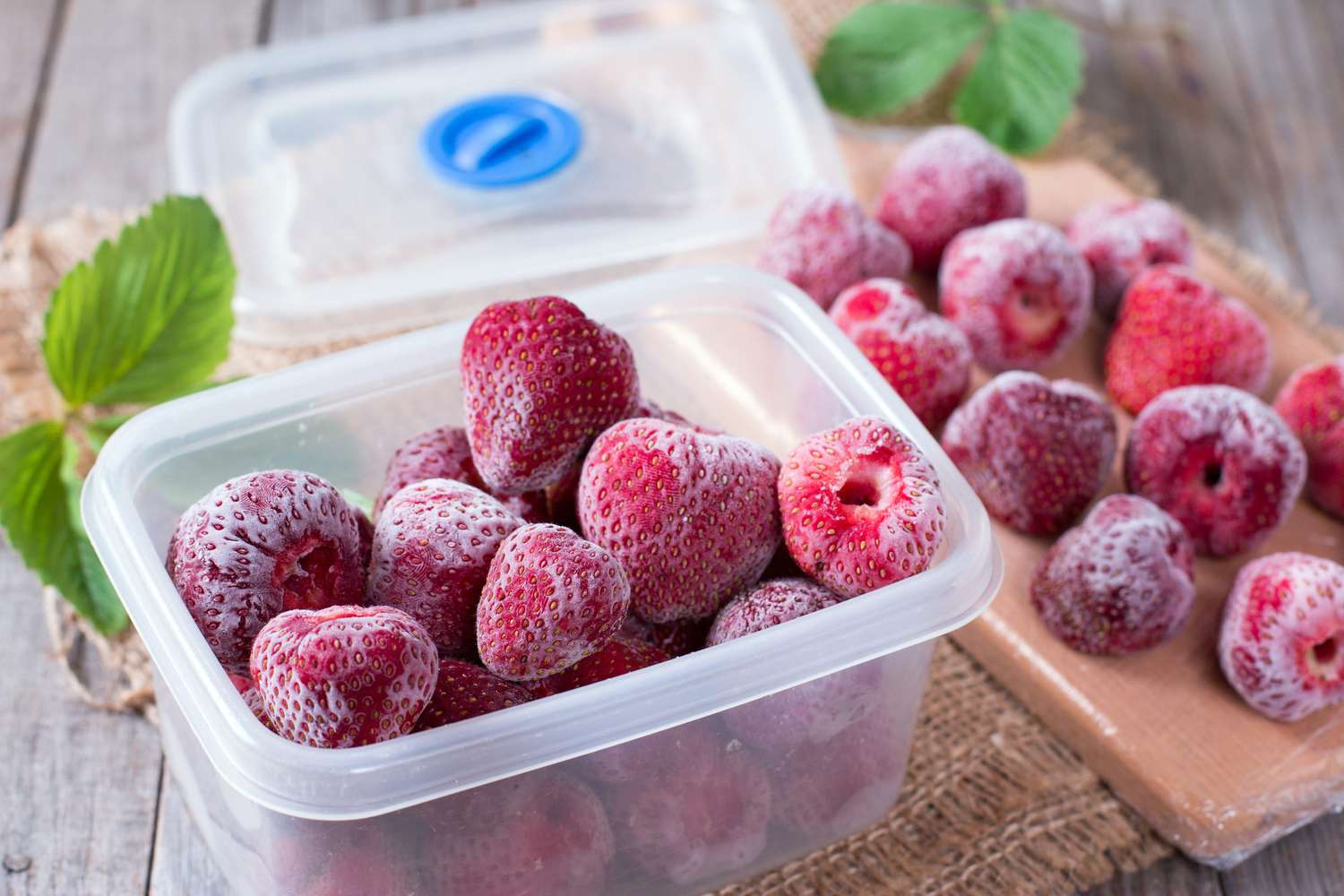
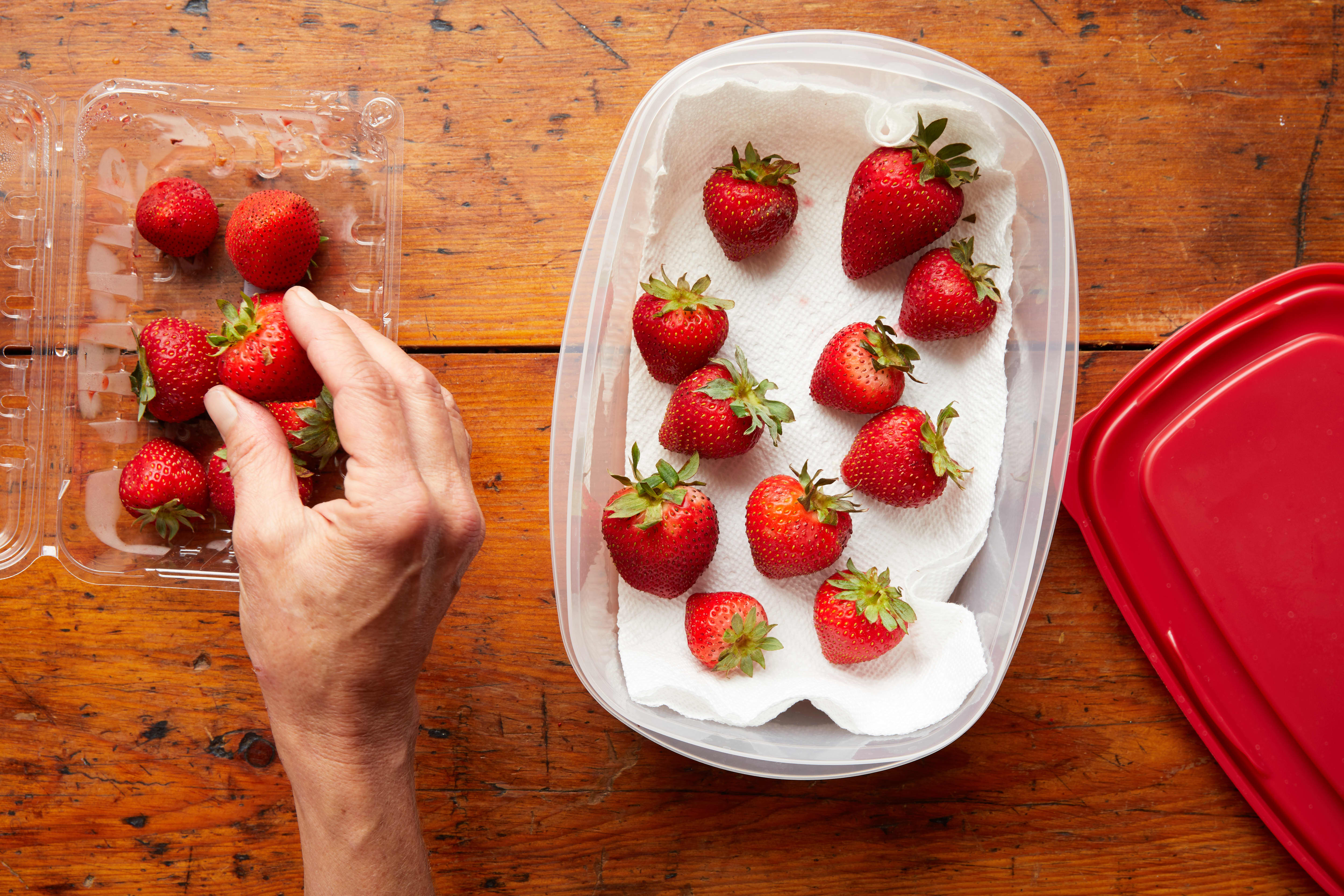
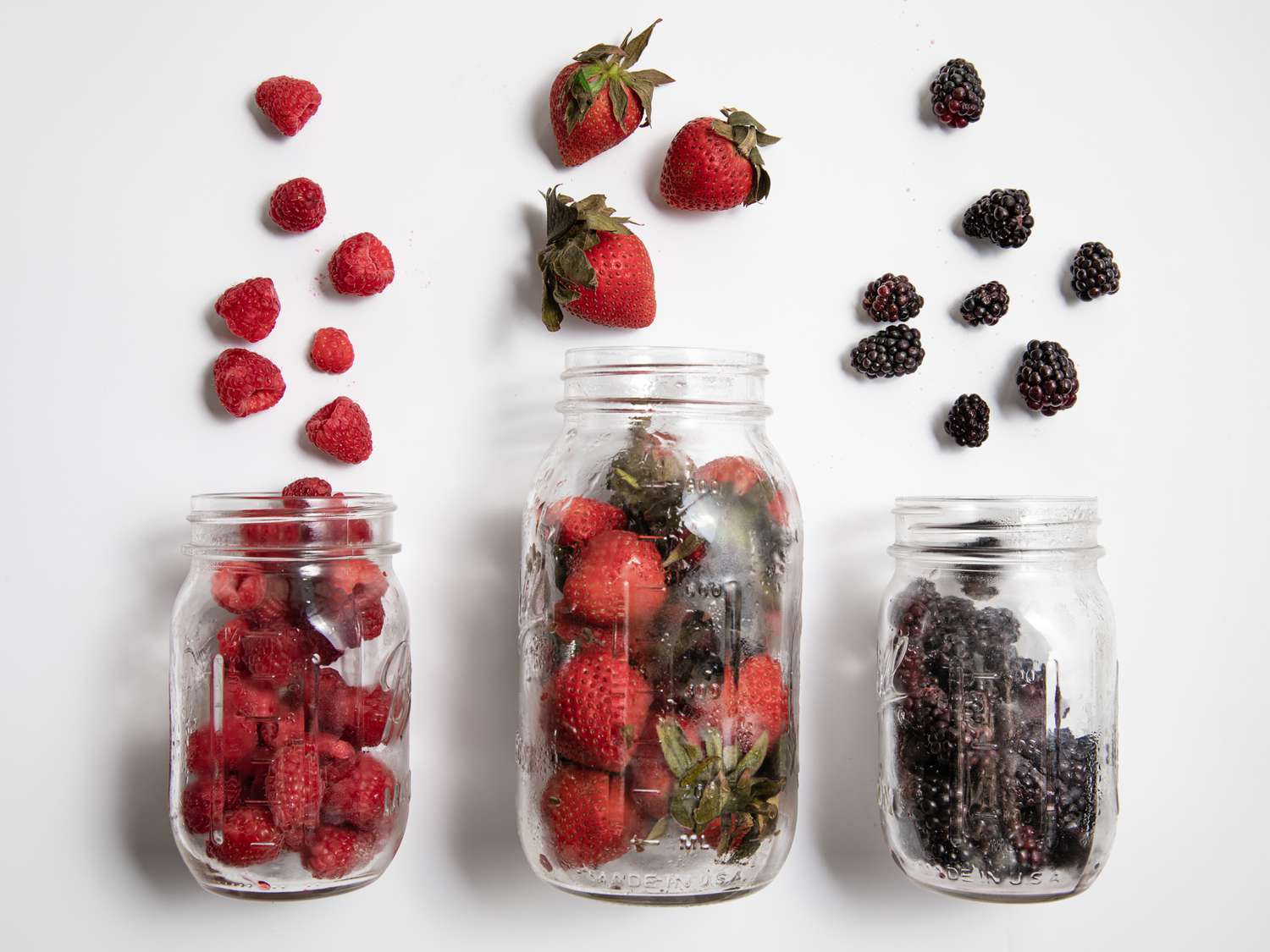
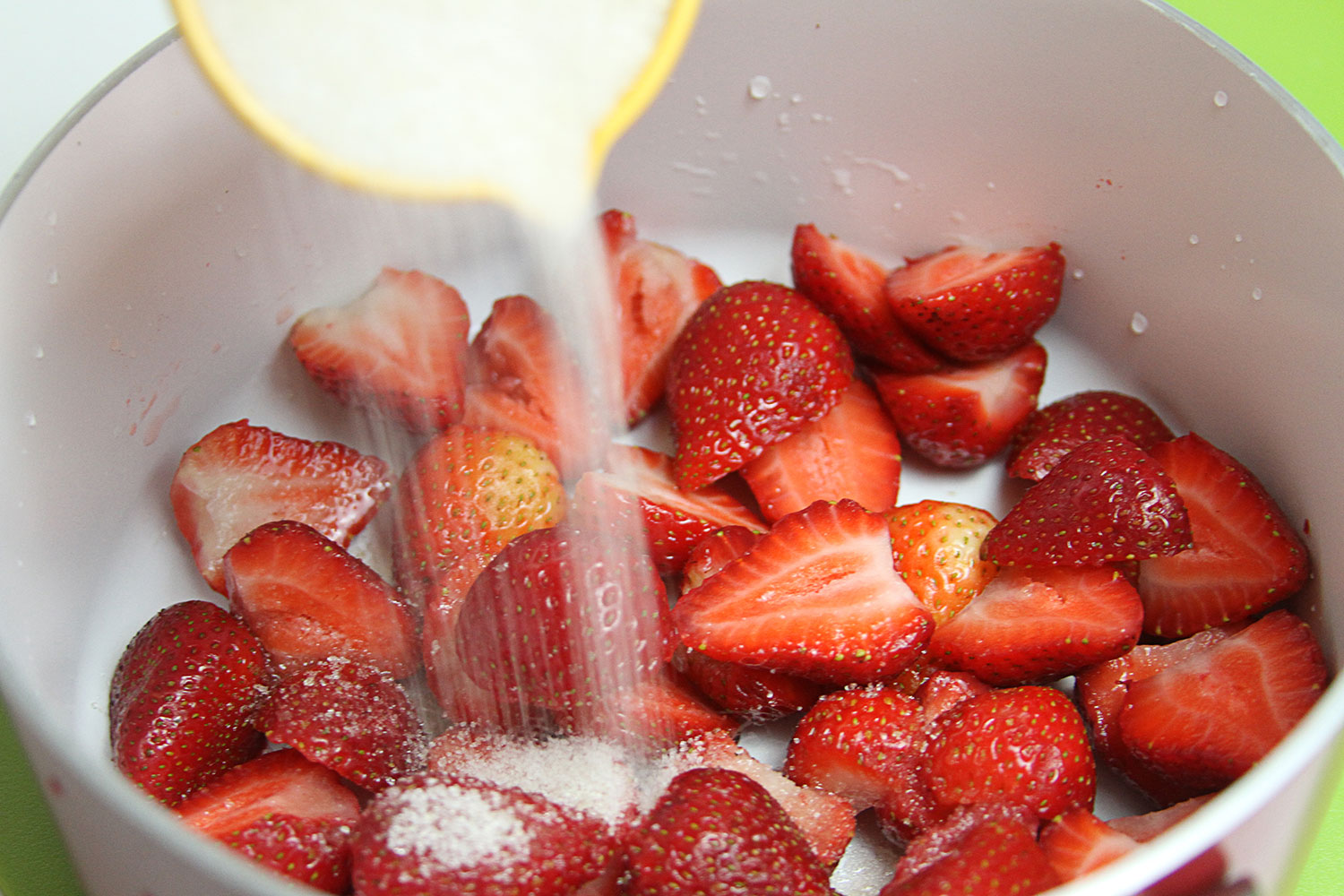
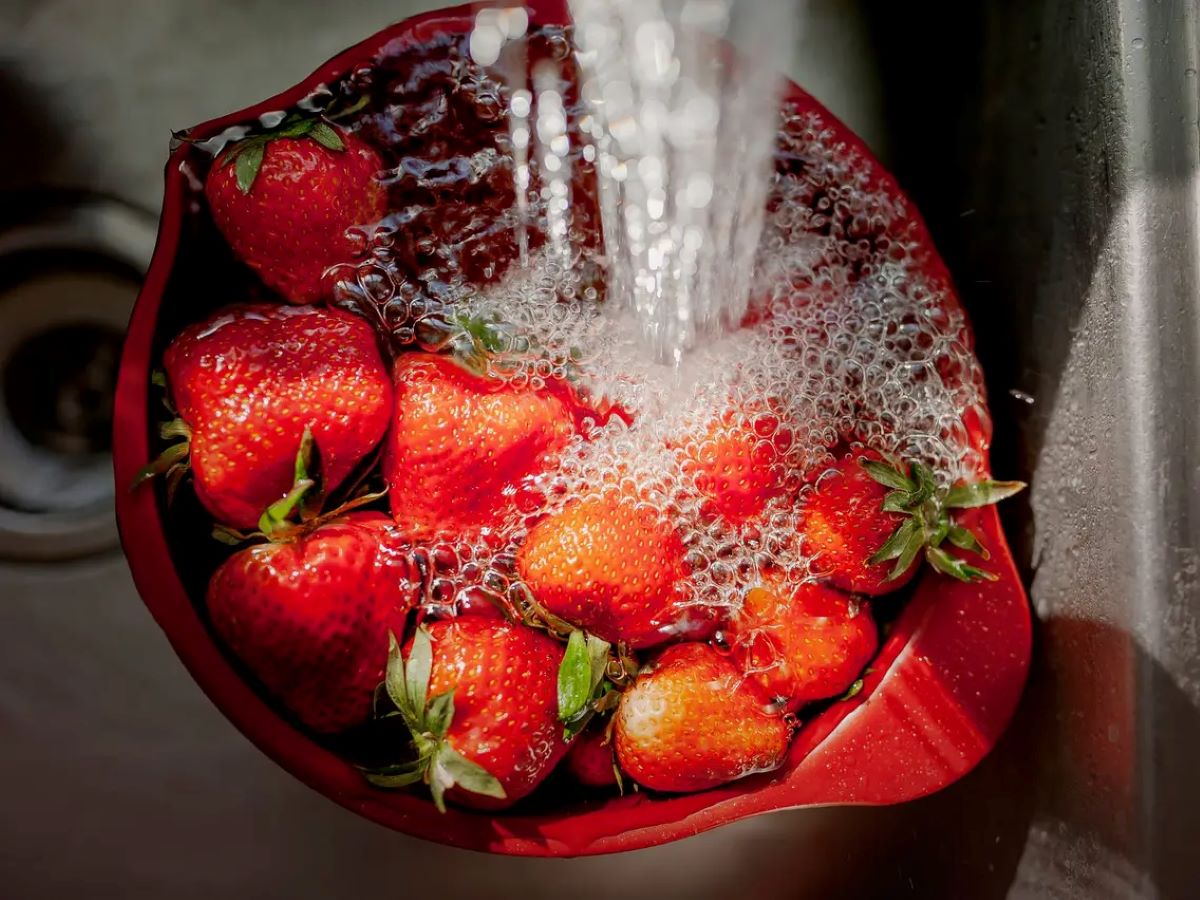

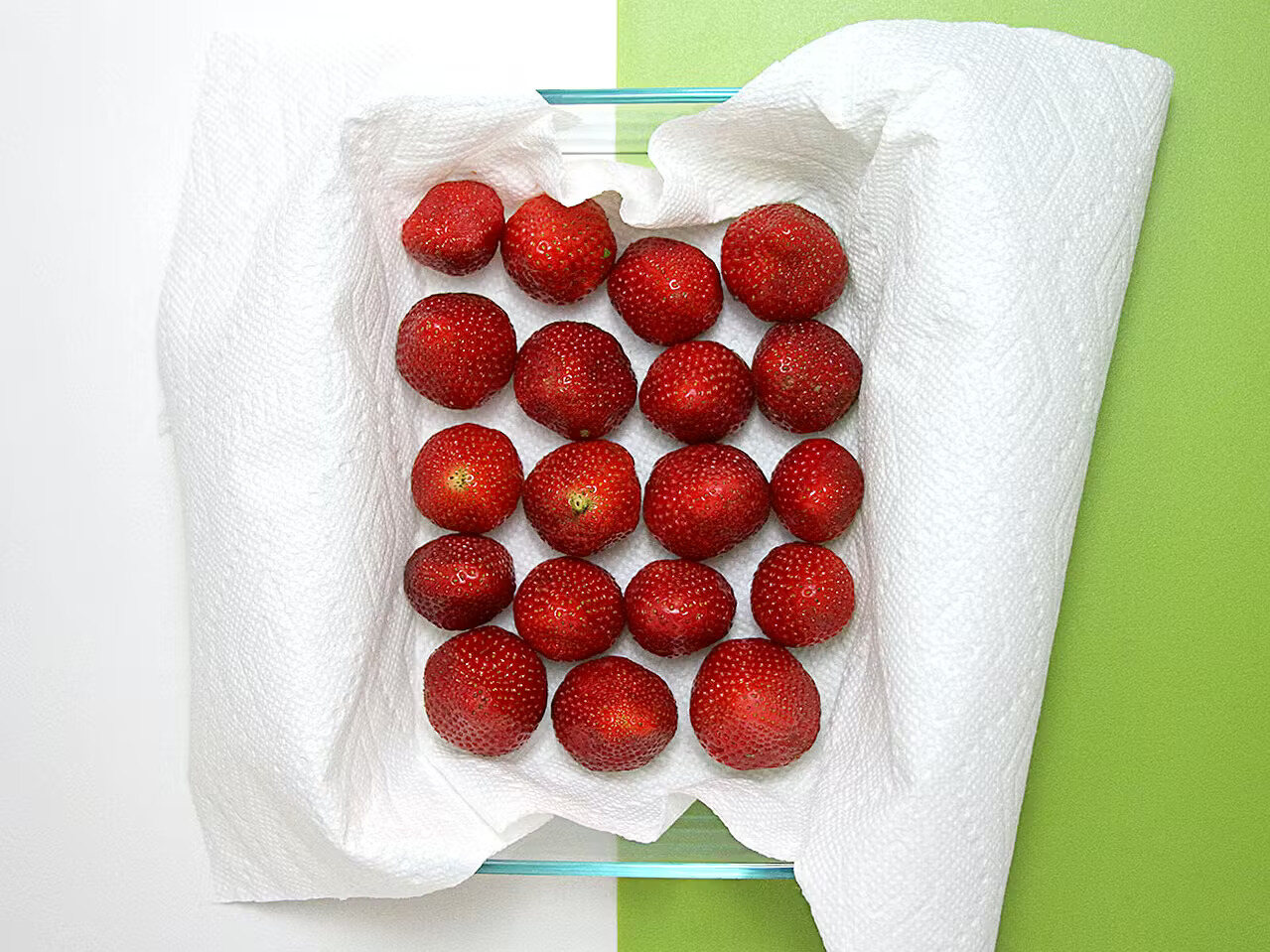

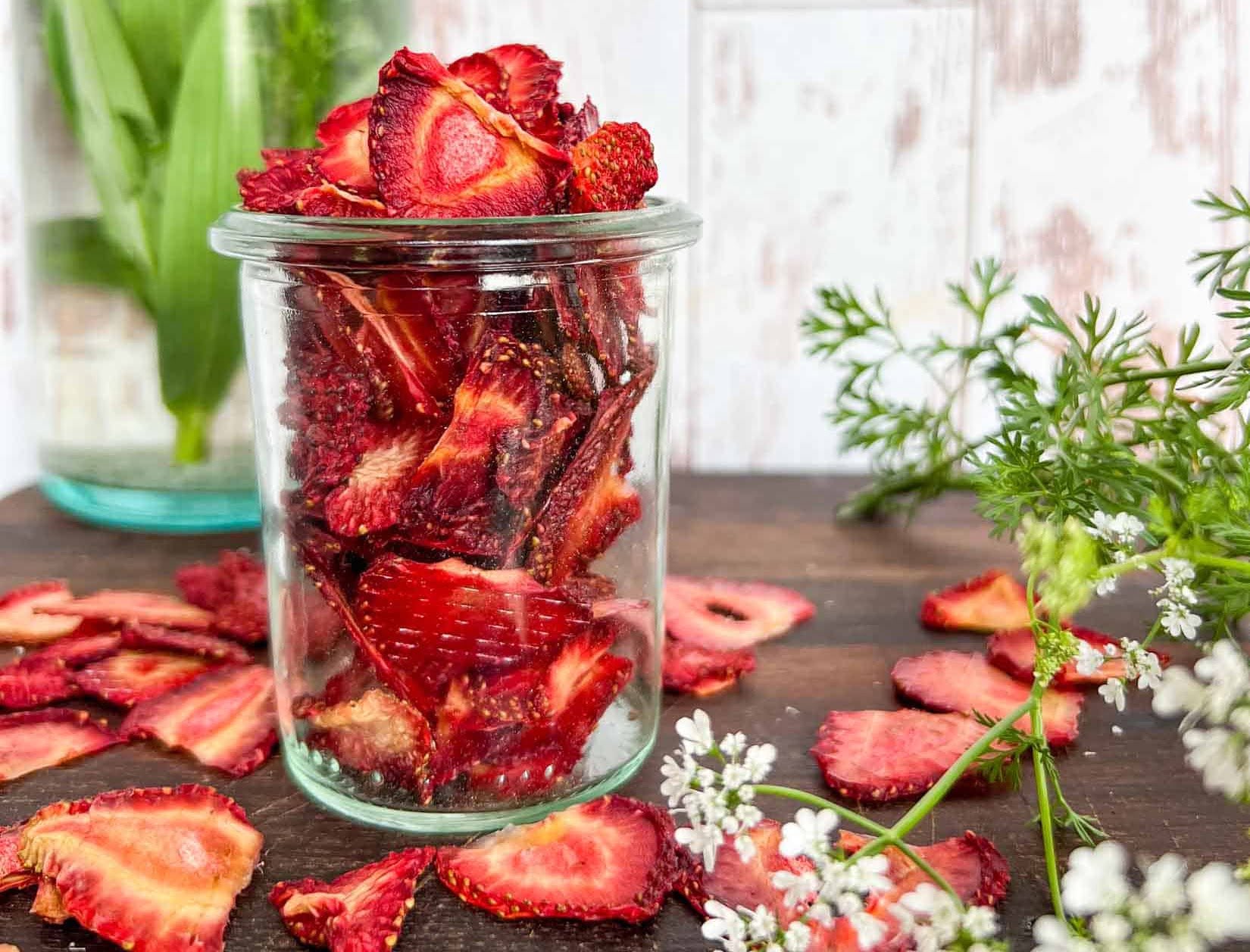
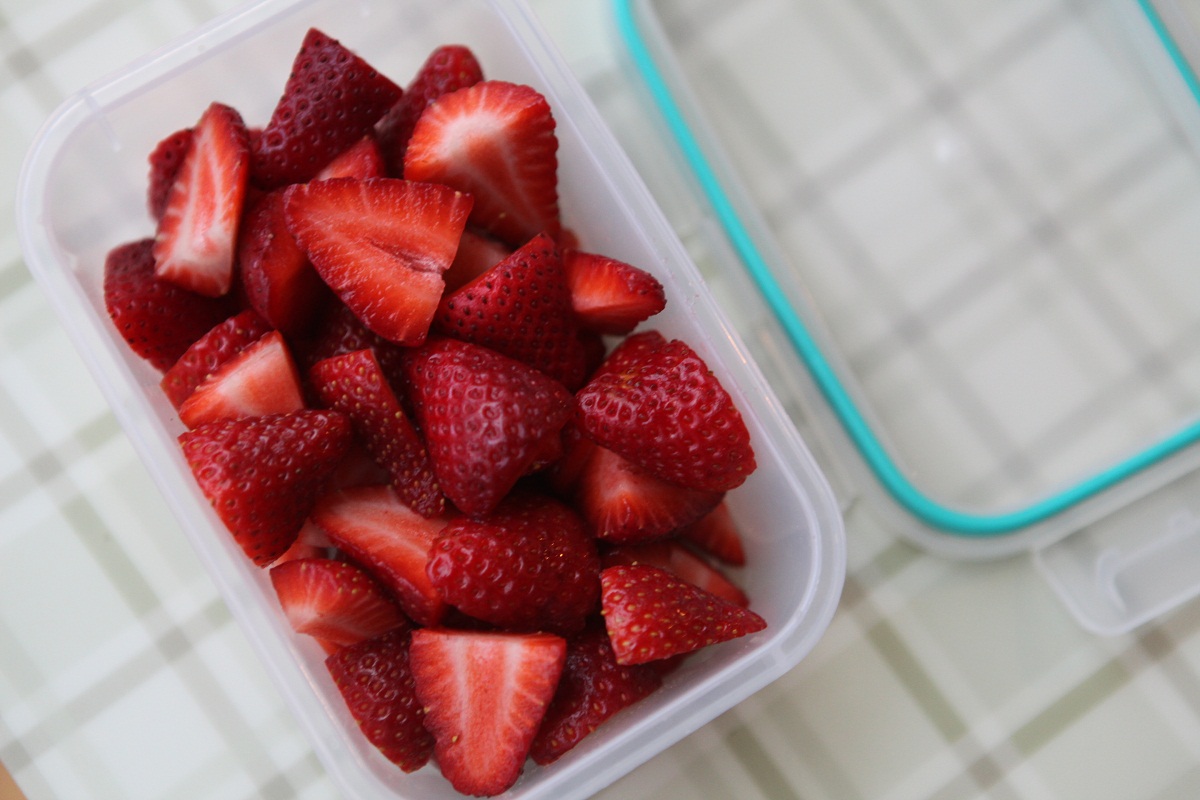

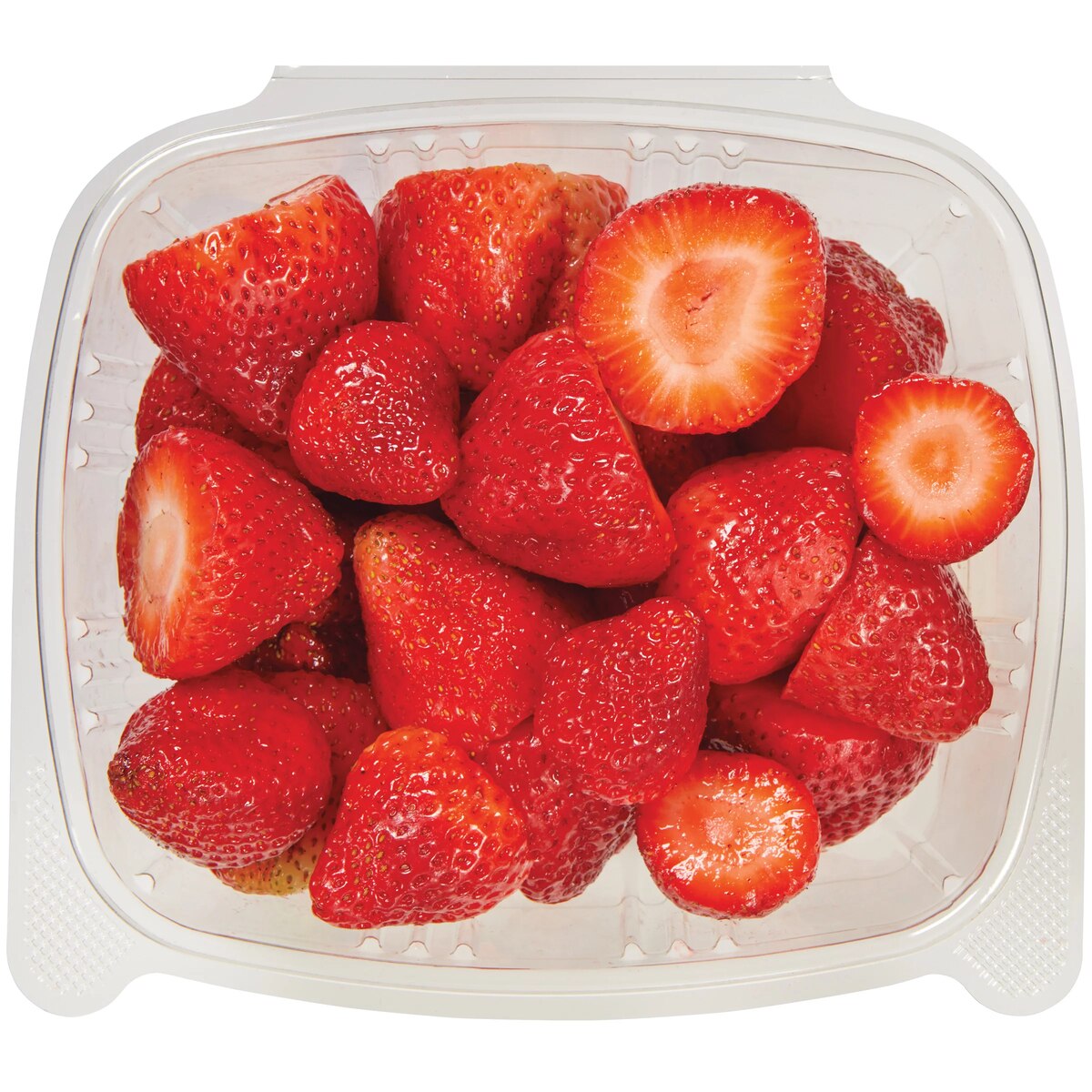


0 thoughts on “How To Store Picked Strawberries”